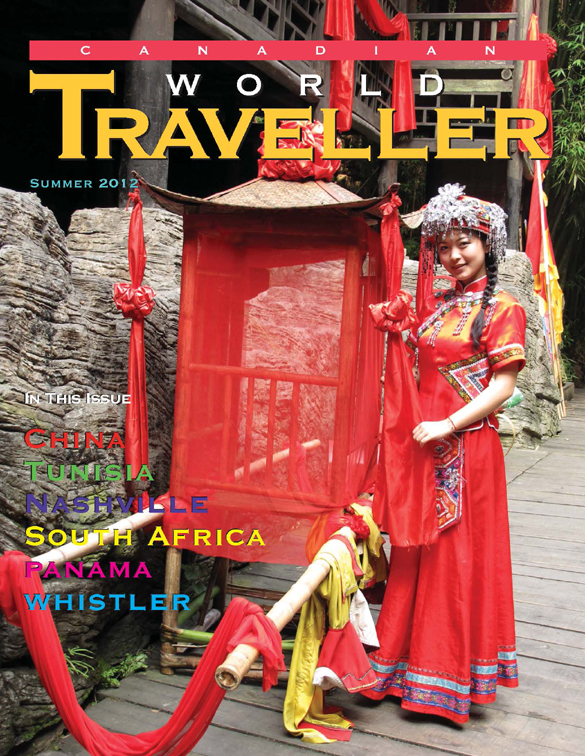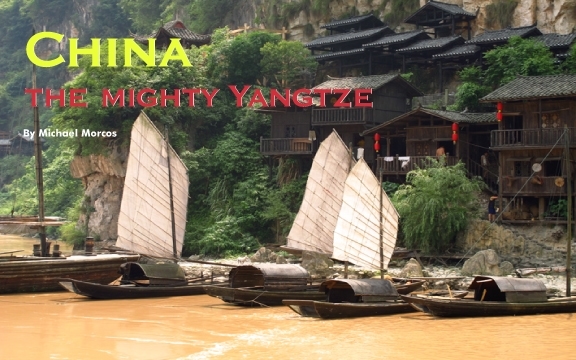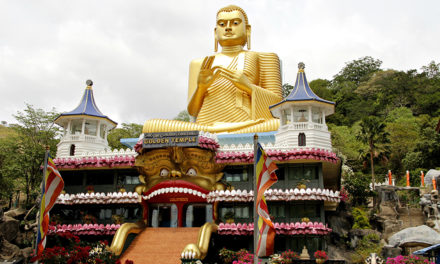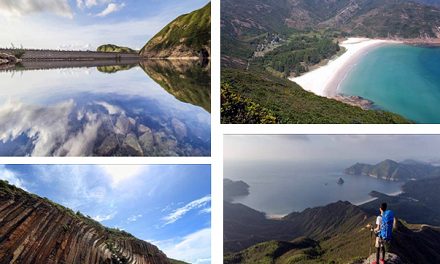China
The mighty Yangtze
Published in the Summer 2012 Issue of Canadian World Traveller
By Michael Morcos
 Adventure and exploration on the Yangtze River in China: Part One
Adventure and exploration on the Yangtze River in China: Part One
No matter how many times you visit China, you are sure to see something new. This was my fourth journey to the massive country and I was able to gain an even bigger perspective on this complex and fascinating destination. With a focus on the cities and villages near the Yangtze River, this trip brought me many miles through China’s cultural weave of friendly folks, delectable cuisine and history that has remained a strong presence for centuries. Many areas along the Yangtze are steeped in tradition with can be fascinating to outsiders, as these places emulate a simpler time in the past that can be refreshing and fun to experience.
Beijing sightseeing
Before going to China’s longest waterway, I did spend some time in Beijing. To sum up this giant metropolis in only a few words is next to impossible, since it boast so many facets of sensory delights. On my excursion, I travelled to some of the most notable sites, including the Forbidden City. The palace at the center of this plaza is an iconic part of Chinese tradition and millions visit it every year. Other amazing points of interest in Beijing are the historical Tienanmen Square and long Wangfujing pedestrian walkway. Needless to say, after strolling along that street for a while, I was in much need of some relaxation. Fortunately, there are countless places to indulge in some spa and treatment services, including foot massages. Professionals work their magic and I was ready to continue on my walk in no time.
The city of Wuhan
I went to Wuhan from Beijing to see another great Chinese city. With a population of more than four million situated on the banks of the Yangtze, this metropolis with high rises and landmarks was sights to marvel. However, during the summertime, Wuhan can be a very hot and humid place, so packing some light clothing and drinking plenty of water is the best way to beat the heat and avoid missing any of the excitement.
Viewing the Yellow Crane Tower
I love taking in the whole essence of a destination by traversing up hilly inclines and admiring the view. I got the chance at Yellow Crane Tower to see the city skyline of Wuhan, which is surrounded by greenery and the river. Yellow Crane Tower itself is also worth exploring for its curved rooftops and massive staircase, which looks especially breathtaking at night. You can take a peek inside as well to view the lavish furnishings and details of the structure that overlooks Wuhan.
History at the Hubei Provincial Museum
Down in Wuhan, I had the chance to go to the Hubei Provincial Museum. The main exhibition that most guests will want to lay eyes on is a tomb of an ancient emperor. These historical figures often had droves of servants, concubines and admirers that didn’t change much into the afterlife. This emperor was buried with various artifacts depicting his lavish lifestyle that represented his loyal entourage. Imagining what ancient life may have been like for these past rulers was made easy by the museum’s intriguing exhibits.
Chinese bells
The Hubei Provincial museum host traditional shows and demonstrations throughout the year for visitors to attend. I saw a musical performance, where talented artists rang bells to create melodious tunes. Famous cellist Yo Yo Mah once performed here with the bell players. They use replicas for the show of ancient bells that look just like the originals, which are on display in the museum carved with Chinese characters and symbols. Several musicians play the wall of bells at once as deep, relaxing song fills the room.
Journeying to Jingzhou
Jingzhou was the next city on my itinerary, also along the Yangtze River. There is plenty to see and do here, including a walk on the ancient city wall, adorned with flags and temple-like embellishments. In May, fans of nautical sports help host the international dragon Boat Festival, famous for its exciting races and beautiful, traditional vessels. Many also visit Jingzhou for its historical significance, dating back more than two millennia.
Learning at the Jingzhou Museum
I was able to grasp an over sense of the Chinese history in the city at the Jingzhou Museum. While a liked peering into the displays of old weaponry and ceramics, the well-preserved body from the Han Dynasty was the star of the facility. Talented, local performers put on several shows at this museum too, so I could enjoy live music and get a good look at some colorful, cultural costumes.
The Chu State Relics Protection Zone
Jingzhou officials made an interesting discovery beneath the city – they found some ancient burial sites of past emperors. To preserve these interesting and poignant relics, they have sanctioned the space protected and have plans to turn it into a museum. Since the uncovering of these remains was by chance, the excavation efforts have offered many jobs to the local people, and we could watch them carefully dig and document their work.
Time for a banquet
I was honored to indulge in a pleasant meal hosted by the Jingzhou Municipal Government. Cuisine in this part of the world included a wide variety of ingredients, often steamed or fried together. When dining in the city, travellers can come across traditional rice pudding, pork fried and seasoned with brown sugar, or sauteed mountain vegetables. Banquets of course are wonderful, but you can easily have a memorable meal at many local restaurant throughout the area and all along the Yangtze River.
The beautiful Yichang city
Before heading out on my cruise of the Yangtze, we made one more stop at a nearby destination that turned out to be one of my favorites. Yichang is a place frozen in time, where many residents live the simple life and encourage guests to do the same by simply taking in the fantastic scenery. Stunning waterfalls cascaded into the lazy river below, which was lined with traditional sailboats and plenty of lush vegetation.
Xiling Gorge
Many say this is the prettiest spot of the three gorges for guests to admire, as it provides adventure-seekers the chance to check out hidden reefs, river rapids, colorful wildlife and intimidating cliffs. It is the longest of the three and used to also be the most dangerous to travel, until the dam project helped regulate the flow of the river.
Nearby at the Three Gorges Household, I was fortunate to see another cultural show, which was especially welcoming after spending most of the day in the hot sun. Singers and dancers put their best feet forward and demonstrated some wonderfully choreographers numbers that embodied the Chinese spirit of hospitality and style.
The Three Gorges Dam project
The Three Gorges has an intricate dam system that keeps the rushing waterways in line and helps maintain harmony by keeping the neighboring towns and shorelines safe. Government officials encourage visitors in this part of China to see the impressive construction happening around these dams, as it provides electricity and security to the whole region. At the welcome center, I learned a little about the history of these undertaking and how it is an ongoing work in progress. While there have been great benefits to the dams, several towns have suffered with rising water levels and are still adjusting to the changes. The main Three Gorges Dam is hydroelectric and is the largest of its kind in the world.
Join us in the next issue as we continue our journey through the Yangtze River region of China and continue to regale in its natural, historical and cultural wonders.
For More Info on China:
China National Tourist Office
480 University Ave, Suite 806
Toronto, ON M5G 1V2
Tel: 416-599-6636 or 1-866-599-6636
Official Websites: www.tourismchina-ca.com and www.cnto.org






